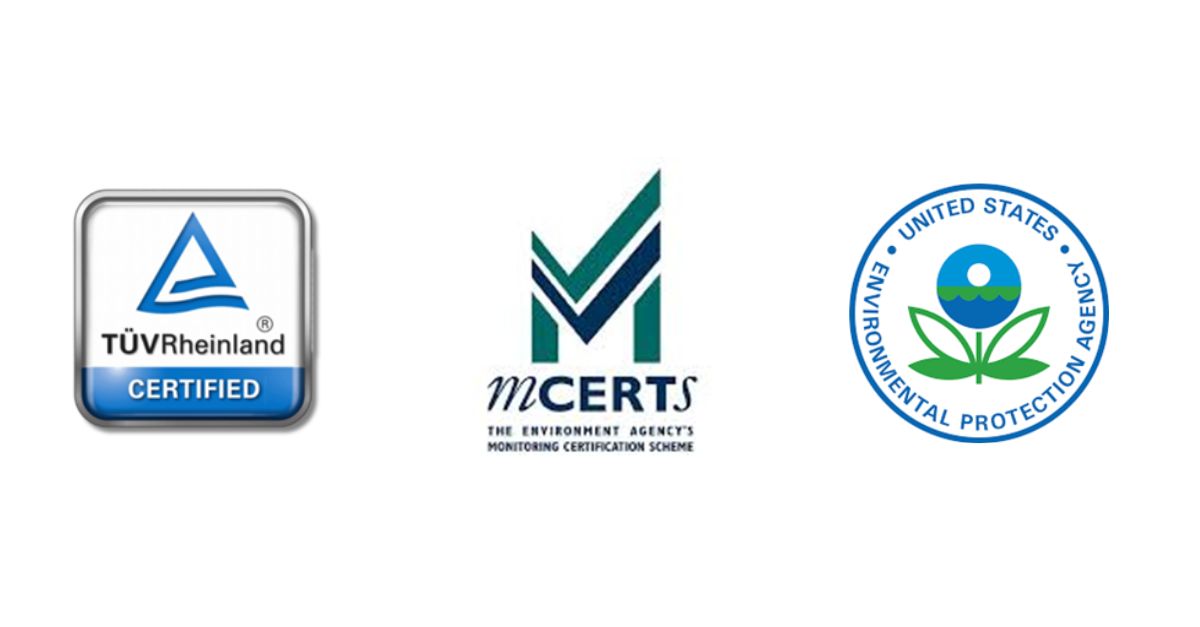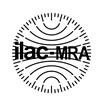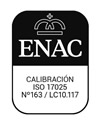In order to regulate and control emissions of air pollutants that can have a negative impact on human health and the environment, there are several national and international environmental regulations that any company – public or private – must comply with.
Origin of air quality and emissions legislation
Throughout history, numerous episodes of air pollution have been observed, causing significant damage to public health and ecosystems, leading to increasing public and scientific concern.
In response, several international agreements and protocols have been established to reduce emissions of air pollutants and protect global air quality, including the Kyoto Protocol and the Paris Agreement on climate change.
The Geneva Convention on Long-range Transboundary Air Pollution, the Gothenburg Protocol, and the Aarhus Protocols on Heavy Metals and Persistent Organic Pollutants also establish obligations for various pollutants.
The United States, for its part, first passed the Clean Air Act in 1963 to regulate all types of air emissions, both mobile and stationary.
All these protocols and regulatory frameworks are translated into directives and regulations that must be complied with at company level, the most important of which are those of Europe and the United States.
Environmental regulation in Europe
In Europe, air quality regulation is mainly managed by the European Union (EU) through the European Commission and the European Parliament, with the EU Air Quality Framework Directive (2008/50/EC) being the key legislation in this area.
This Directive sets air quality objectives and standards for the following air pollutants
- Nitrogen dioxide (NO2) and nitrogen oxides (NOx).
- Sulphur dioxide (SO2)
- Carbon monoxide (CO)
- Particulate matter (PM10 and PM2.5)
- Lead (Pb)
- Benzene (C6H6)
- Ozone (O3)
In addition to the Framework Directive, there are other specific pieces of legislation, such as
- Directive 2004/107/EC on arsenic, cadmium, mercury, nickel and polycyclic aromatic hydrocarbons in ambient air.
- Directive 2015/1480/EC laying down rules on reference methods, data validation and location of sampling points for the assessment of ambient air quality.
- Decision 2011/850/EU on the mutual exchange of information on the evaluation system.
On emissions, Regulation (EU) 2018/1999 on the governance of the Energy Union and climate action is complemented by
- Delegated Regulation (EU) 2020/1044 on global warming potential values and guidelines for greenhouse gas inventories.
- Regulation (EU) 2018/841 on the inclusion of greenhouse gas emissions and removals from land use and forestry in the framework for climate and energy action until 2030.
- Directive (EU) 2016/2284 on the reduction of national emissions of certain atmospheric pollutants.
In this field, the European Environment Agency (EEA) aims to provide objective and reliable information on the environment in support of sustainable development by collecting, analysing and disseminating environmental data from the EU Member States in order to provide a comprehensive picture of the environmental challenges facing Europe and to assess the measures taken to address them.
It also provides technical and scientific support to the EU institutions in the development, implementation and evaluation of European environmental policy.
EPA emissions regulations
In the United States, the Environmental Protection Agency (EPA) is the federal agency responsible for protecting human health and the environment by promoting and enforcing environmental laws and regulations.
The EPA sets standards for air, water and soil quality, environmental risks and scientific studies of emerging environmental issues, and has the authority to enforce environmental laws and regulations through inspections and litigation.
These regulations are set out in Title 40 of the Code of Federal Regulations (40 CFR) on environmental protection.
Data quality to ensure compliance
To ensure that the data collected by automated emissions monitoring systems (SAMs) and air quality monitoring stations meets the standards set by environmental regulations, it is necessary to have accurate, reliable and regulatory approved instrumentation.
For this purpose, there are type-approved instruments, a class of instruments that have been tested and accredited by recognised organisations (Tüv Rheinland or MCerts in the European Community or EPA in the USA), which guarantee that the instruments comply with the technical and regulatory requirements and grant the instruments and manufacturers the NGC1 or QAL1 certification (in the case of the European Union).

These requirements specify sampling and analytical methods for monitoring air pollutants and how they should be designed to ensure the accuracy, comparability and transparency of measurements between different locations and time periods.
It also sets out specific procedures for the calibration and verification of equipment and the basis for periodic reporting to the authorities.
At Envira, in addition to being a distributor of the major brands of type-approved air and water quality monitoring equipment, we specialise in providing advice and consultancy on measurement systems and regulatory monitoring.










